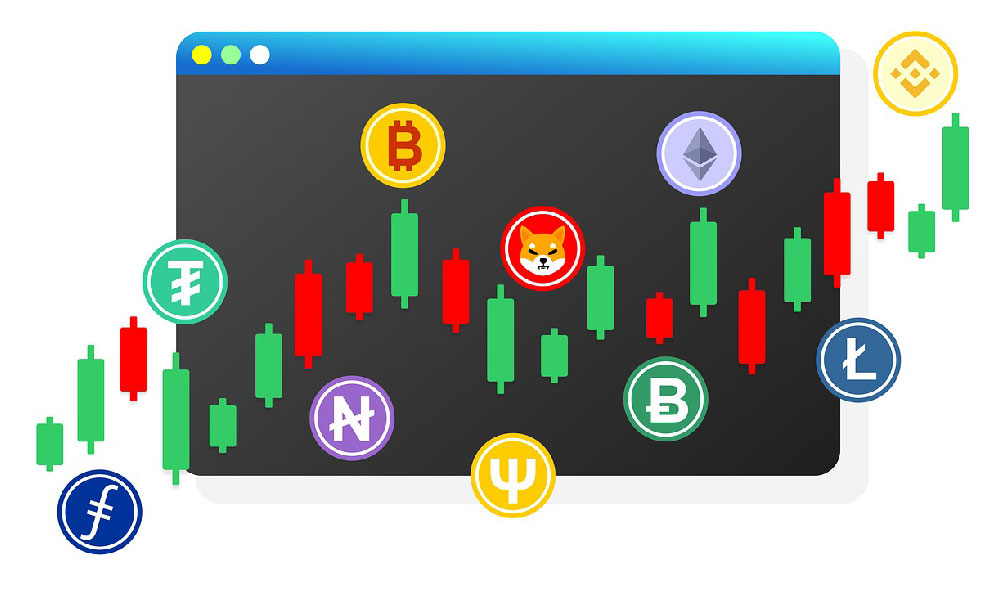Let's delve into the fascinating, and often misunderstood, world of YouTube earnings based on view count. While a simple equation of "views x amount = earnings" seems appealing, the reality is far more nuanced and involves a multitude of factors influencing the revenue a YouTuber can generate. Understanding these intricacies is crucial for anyone considering YouTube as a significant income stream.
The most direct revenue source for YouTubers is AdSense, YouTube's own advertising program. Here, advertisers bid to have their ads displayed before, during, or after videos. When a viewer sees (or clicks on, depending on the ad type) one of these ads, the YouTuber earns a portion of the advertising revenue. This is measured in CPM (Cost Per Mille, or cost per thousand views) and RPM (Revenue Per Mille, or revenue per thousand views). CPM represents what advertisers pay YouTube, while RPM represents what the YouTuber actually receives after YouTube takes its cut (typically around 45%).
However, neither CPM nor RPM is a fixed figure. They fluctuate based on a wide array of variables. Geolocation is paramount. Advertisers are willing to pay more to reach viewers in countries with higher purchasing power, such as the United States, Canada, the United Kingdom, and Australia. Therefore, a channel with primarily US-based viewers will generally earn significantly more per view than a channel with primarily viewers from countries with lower average incomes.

The niche of the channel also dramatically affects ad rates. Content focused on finance, business, technology, or luxury goods often attracts higher CPMs because advertisers in these sectors are willing to pay more to reach a specific, potentially affluent audience. Conversely, content geared towards children or focused on broad entertainment might command lower CPMs. Advertisers are more strategic than ever about who is seeing their ad and for how long.
Ad formats also play a critical role. Skippable video ads, non-skippable video ads, display ads, overlay ads, and sponsored cards all have different CPMs. Longer, non-skippable ads generally generate more revenue per view, but they can also lead to viewer frustration and potentially impact watch time. Strategic placement and careful consideration of ad format are crucial for balancing revenue generation with maintaining audience engagement. The ad load on your video also plays a crucial role. Too many ads, especially intrusive ones, can drive viewers away, negating any potential short-term revenue gains.
Beyond AdSense, YouTubers can diversify their income streams through several other avenues. Sponsorships, where a company pays a YouTuber to promote their product or service in their video, can be highly lucrative. The value of a sponsorship deal depends on the YouTuber's audience size, engagement rate, and niche relevance to the brand. A well-integrated sponsorship can significantly boost revenue, but transparency is key to maintaining audience trust. Disclosing sponsored content is not only ethical but often legally required.
Affiliate marketing involves promoting products and earning a commission on sales generated through unique affiliate links provided to the YouTuber. This is particularly effective for channels that review products or offer tutorials. The commission rates vary depending on the affiliate program and the products being promoted. Again, authenticity and relevance are paramount. Recommending products that genuinely align with the channel's content and audience interests will lead to higher conversion rates and sustained income.
Merchandise sales represent another significant potential revenue stream. Creating and selling branded merchandise, such as t-shirts, mugs, or accessories, allows YouTubers to capitalize on their brand recognition and generate revenue directly from their fans. The profitability of merchandise depends on factors like design appeal, production costs, and effective marketing.
Fan funding platforms, such as Patreon or YouTube's own "Channel Memberships," allow viewers to directly support their favorite creators through recurring monthly payments. This provides a stable and predictable income stream that is less reliant on advertising fluctuations. Offering exclusive perks and content to members can incentivize viewers to become paying supporters.
Another key, and often overlooked, factor is audience retention and watch time. YouTube's algorithm prioritizes videos that keep viewers engaged on the platform for longer periods. Videos with high watch time are more likely to be promoted by YouTube, leading to increased visibility and, consequently, more views and revenue. Creating compelling, high-quality content that keeps viewers hooked is essential for long-term success.
Furthermore, YouTube Analytics provide invaluable insights into audience demographics, engagement metrics, and revenue performance. Analyzing this data allows YouTubers to identify trends, optimize their content strategy, and make informed decisions about monetization. Understanding where your viewers are coming from, what they are watching, and how they are interacting with your content is crucial for maximizing revenue potential.
Finally, it's important to remember that building a successful YouTube channel takes time, effort, and consistency. While viral videos can provide a temporary boost, sustainable income requires a long-term strategy focused on creating valuable content, building a loyal audience, and diversifying revenue streams. There's no guaranteed formula for success, but by understanding the factors that influence YouTube earnings and adapting to the ever-changing landscape, creators can significantly increase their earning potential. The initial burst of views may be small, but the goal is to build a loyal community of engaged followers who value the content, contributing to a sustainable revenue stream in the long run. Don't be afraid to experiment, analyze your results, and refine your approach to find what works best for your channel and your audience.












